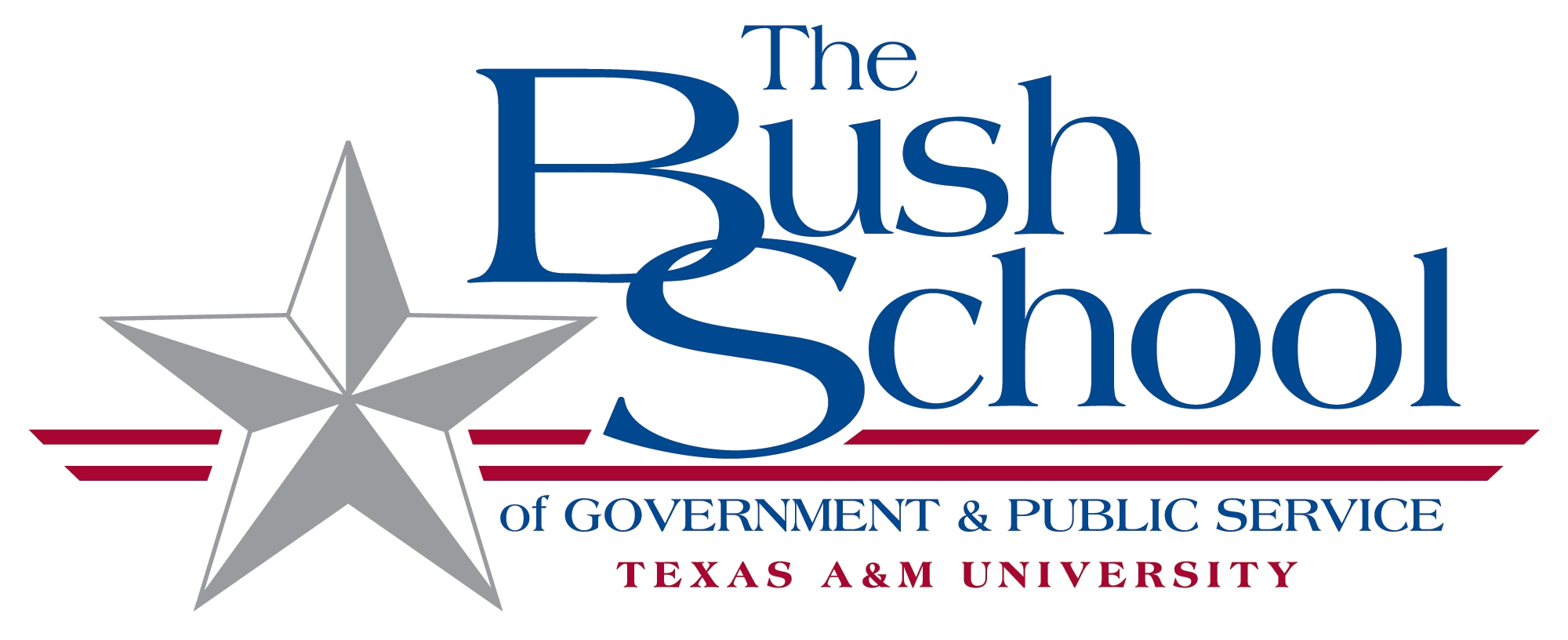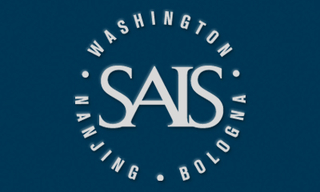By Daniel Leone
Currently, fear seems to be the most visible element in the American national discourse. American fears of a terrorist attack are at a level not seen since directly after the attacks of September 11, 2001, and these fears have, in part, led to the rise of anti-Muslim sentiments in the US and the popularity of Donald Trump. In early December, a New York Times/CBS News poll found that 79% of respondents believed that a terrorist attack is somewhat or very likely in the United States in the next few months. This fear is understandable, given the recent shootings in San Bernardino, California, and the brazen terrorist attack in Paris in November.
But are we really at more risk of a terrorist attack now than before? And is another attack akin to 9/11 on the horizon? There are several key differences between the threat of terrorism in the United States now and in 2001.
First, the enemies that would want to attack American civilians have changed. Though al-Qaeda is still an active and formidable group, especially in the Arabian Peninsula, no group has the same international focus and technical expertise as the Osama Bin Laden-led al-Qaeda that perpetrated large-scale international attacks against the US embassies in Tanzania and Kenya, the USS Cole, and the World Trade Center. Bin Laden’s al-Qaeda focused on complex large-scale attacks that had the capacity to kill thousands, while the Islamic State of Iraq and al-Sham (ISIS) generally use much simpler methods of attack: specifically, assault rifles and suicide vests. ISIS also holds a significant amount of territory and is fighting an ongoing ground war and dealing with constant Coalition airstrikes, meaning that ISIS is primarily focused on operations within Syria and Iraq, and only secondarily focused on directly attacking the West at home. However, ISIS does have the capability to launch a multilateral assault with assault rifles and suicide vests in a major US city akin to their attacks in Paris, which would be in line with their technological capabilities and their past attacks.
Second, the resources devoted to United States counterterrorism efforts has increased greatly, and the methods used have also improved significantly. With the rise of social media, texting, message boards, and electronic communication in general, the United States, mainly through the NSA, has able to crack down on plots targeting the United States. Though the extent of the effectiveness of this increased surveillance isn’t exactly clear, the United States does have many more tools at its disposal to prevent terrorist attacks than it did in 2001.
However, though these two differences seem positive, the threat of terrorist attacks is still a real one. The Islamic State focuses a significant amount of propaganda and effort on trying to inspire small-scale attacks from sympathizers in other countries. The San Bernardino mass shootings are a clear example of this, and easy access to assault weapons in the United States (even to people on the no-fly list), means that this type of attack may become increasingly common. It is very unlikely, though not impossible, that we will see a terrorist attack on the scale of 9/11 anytime soon, but Paris-style attacks are definitely possible. Though it would be more difficult for Islamist fighters to enter the United States after being trained in Syria than it was for the perpetrators of the Paris attacks to enter France, it is definitely within the realm of possibility. A coordinated attack with multiple points of assault in a major US city would produce chaos, and city police would likely be significantly less prepared than Parisian police were in November. As ISIS loses ground in Syria and Iraq due to international efforts, it is possible that they will continue to try to mount international attacks to gain influence and increase recruiting. A major attack on the American homeland would undoubtedly accomplish this, and also would probably bring American ground troops to the region, which would play into ISIS’s civilizational clash rhetoric.
The international climate is vastly different than it was 15 years ago, and the threat we face now is most likely a higher frequency of attacks, but less sophisticated attacks with fewer casualties. Homegrown terrorist attacks inspired by ISIS and the general Islamist ideology in the style of the San Bernardino attacks will probably occur again, and likely soon, due to increased anti-Muslim sentiments in the US and the spread of ISIS propaganda online. The threat of a major attack that involves foreign-trained fighters is less significant, but still possible. However, this attack would probably resemble the Paris attacks much more than 9/11. The United States is at risk of jihad-inspired terrorist attacks, but these attacks would most likely come in the form of homegrown lone-wolf shootings. Even with the possibility of a major attack, it is important to realize that ISIS and its supporters do not pose a truly existential threat to the United States. The United States must acknowledge the existence of a real threat of terrorism, and work to defend against that threat, but Americans must also try to avoid dangerous paranoia and overreaction.
Daniel Leone is a sophomore at the University of Pennsylvania.

















